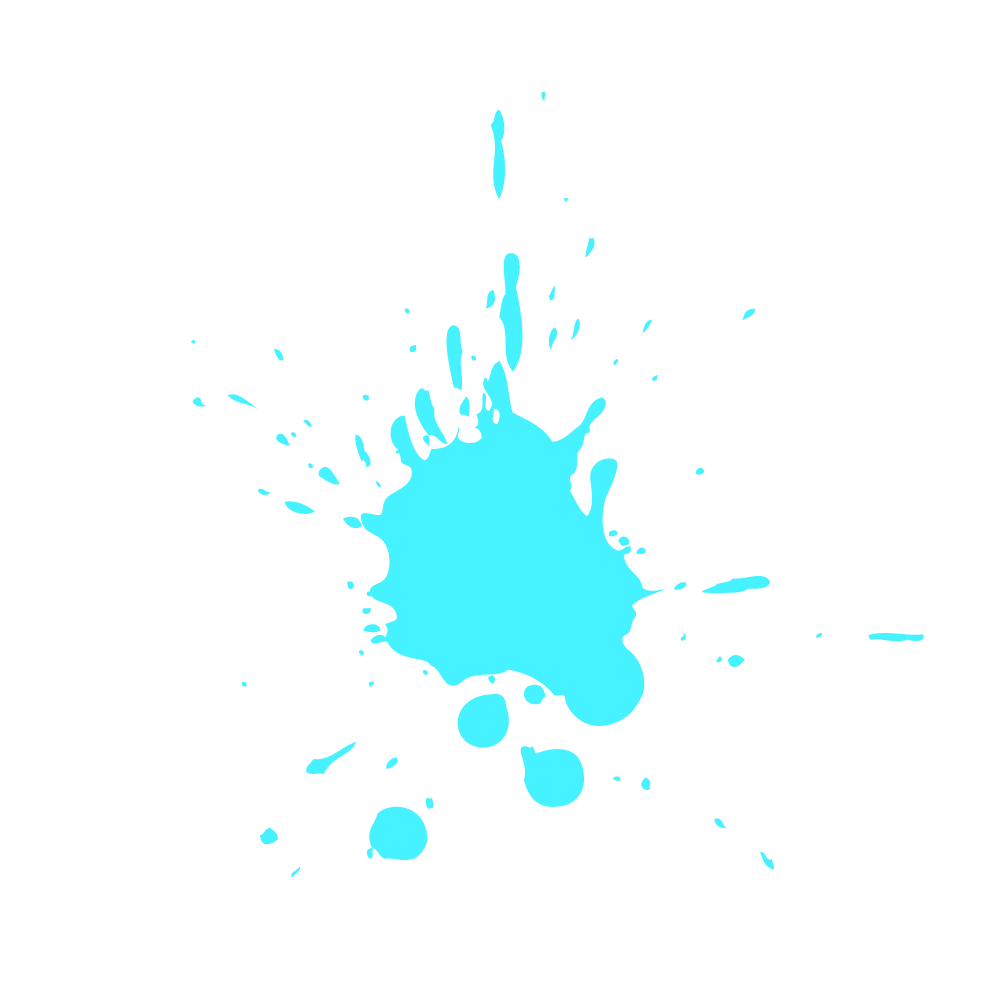When I ask people, “What are the barriers to being more innovative and creative at work?” I often hear the same three things…
1. TIME (Often phrased as “I don’t have time to think”)
2. IDEAS GET STUCK (or diluted and killed) as they move through my organization
3. LACK OF RESOURCES
While common objections, none of these are actually barriers to innovation. Even the busiest individuals can adopt habits that give them more time to think. Building an organizational culture that nurture ideas is as simple as tweaking your meetings. And as for lack of resources, I can tell you first hand that some of the greatest ideas cost next to nothing.
If necessity is the mother of invention, creativity is most certainly the father.
Don’t believe me? Let me tell you about the time I helped light 500,000 huts in Mumbai without spending a single cent.
Let There Be Light
A few years back, I had the privilege and honor working on a special project in Dharavi, Mumbai, India.
Dharavi is considered to be one of Asia’s largest slums. Over 1 million people live in an area measuring only .81 of a square mile (2.1 square kilometers or 520 acres) making it one of the most densely populated areas in the world.
Making matters more challenging is the fact that most of the residential huts don’t have electricity or lighting, and being packed side by side, there isn’t even room for a window to let in the sun.
I was part of a group trying to solve this challenge, and we began by simply framing the challenge: How might we create light where there is no electricity?
Almost immediately, members of the group raised barriers. “That is impossible. We don’t have any resources,” they said.
Knowing that resources is never a real barrier to innovation, I took a walk around the neighborhood to give myself time to think. Accompanying me on this walk was a young local boy. Midway through our journey, something caught the attention of this boy, and he darted over to inspect it further. I followed along and was surprised to learn that the object of attention was a simple plastic water bottle.
I watched as the boy held the bottle up to one of the few village streetlights to inspect it closer. While at first I thought he might just be thirsty, I quickly realized that he wasn’t interested in the bottle itself…he was interested in the streetlight being reflected off the bit of remaining water on the bottom. Trying different angles, the boy continued to play with this bottle, filling it with varying levels of water and removing the label to maximize the reflection. We also moved the water closer and further away from the light source to see how it refracted.
Eventually, with no label, the top cut off, and the bottle filled just right (37% to be exact), this humble water bottle beamed like a spotlight as it reflected the streetlight above. It was incredible!
We took the boy’s discovery to a nearby hut, where we cut a small hole in the top and inserted this bottle device inside. Immediately, the reflect light filled the tent as if we flipped on a light switch. A true miracle!
Amazed at how much a simple water bottle could do, I wrote to a friend who works for a large French mineral water brand. I asked this friend if they would be willing to ship us 500,000 unlabeled water bottles for free. Thrilled at the thought of their bottles serving such an important purpose (and not ending up in landfills), he instantly agreed and made the arrangements.
In a matter of days, our team was able to light 500,000 Mumbai huts with no electricity, and not a single penny spent.
So, the next time someone claims lack of resources is a barrier to innovation, just remember the incredible change that can come from a something as simple as a bottle on the side of the road.




